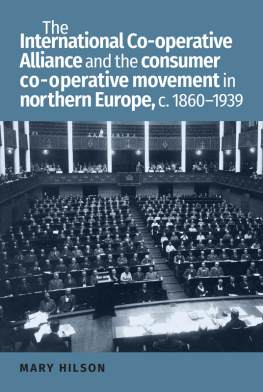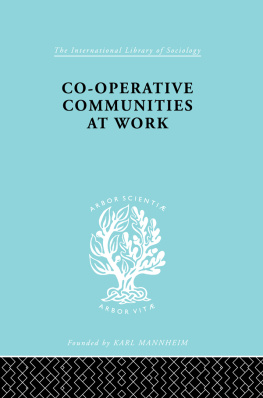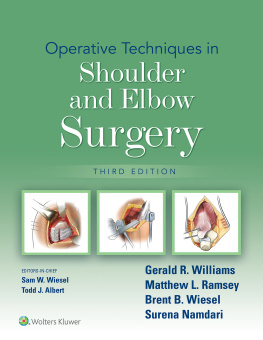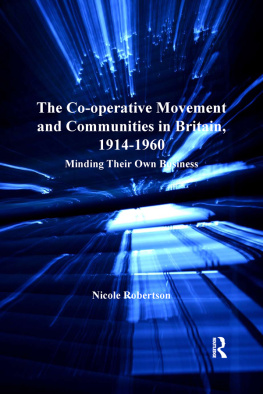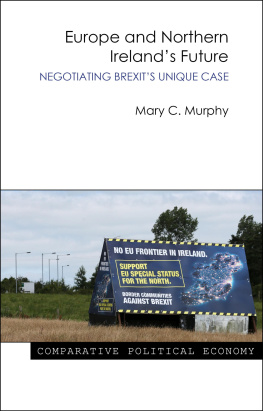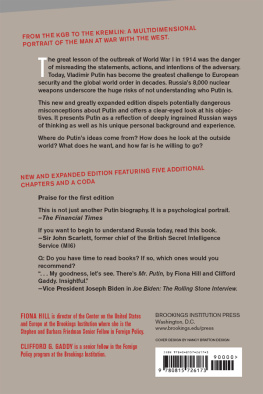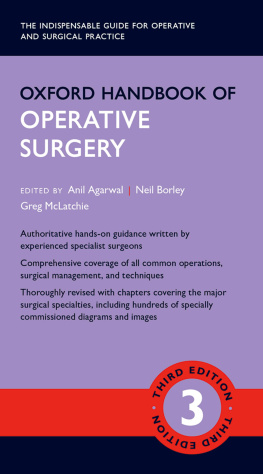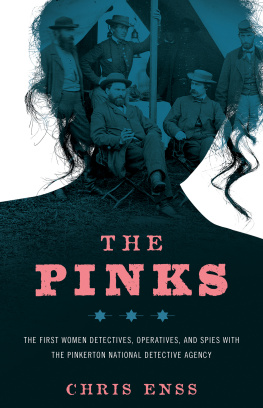The International Co-operative Alliance and the consumer co-operative movement in northern Europe, c. 18601939
Mary Hilson
Manchester University Press
Copyright Mary Hilson 2018
The right of Mary Hilson to be identified as the author of this work has been asserted by her in accordance with the Copyright, Designs and Patents Act 1988.
Published by Manchester University Press
Altrincham Street, Manchester M1 7JA
www.manchesteruniversitypress.co.uk
British Library Cataloguing-in-Publication Data
A catalogue record for this book is available from the British Library
ISBN978 1 5261 0080 1hardback
First published 2018
The publisher has no responsibility for the persistence or accuracy of URLs for any external or third-party internet websites referred to in this book, and does not guarantee that any content on such websites is, or will remain, accurate or appropriate.
Typeset
by Toppan Best-set Premedia Limited
I began the research for this book during a period I spent as a visiting researcher at NordForsk Centre of Excellence: The Nordic Welfare State Historical Foundations and Future Challenges (NordWel) in 2009. I would like to thank Pauli Kettunen, Henrik Stenius and colleagues at NordWel Helsinki and the Centre for Nordic Studies (CENS) at Helsinki University. Grateful thanks also to the School of European Languages, Culture and Society (SELCS) at UCL for supporting several periods of research leave and the travel needed to undertake this research; and to Pirjo Markkola, Jari Ojala and colleagues at the Department of History and Ethnology, University of Jyvskyl, where I spent a period as a visiting researcher during the spring of 2014.
Thanks are due to staff at many libraries and archives, in particular Ulla Tapiovaara-Harpf and colleagues at the Finnish Labour Archives, Helsinki; Gillian Lonergan and colleagues at the National Co-operative Archives, Manchester; Michael Hagstrm and colleagues at KF's archives, Stockholm.
My work has benefited enormously from the comments and criticisms of colleagues across the Nordic region and beyond. Earlier drafts of different chapters were presented to seminars at the following institutions: EINO seminar, Centre for Nordic Studies, Helsinki University; NordWel Helsinki; Institute of Contemporary History, Sdertrn University; Department of Economic History, Uppsala University; Department of History and Classical Studies, Aarhus University; Department of History and Ethnology, University of Jyvskyl; Swedish Labour Movement Archives and Library, Stockholm; and also at a session of the 28th Congress of Nordic Historians at the University of Eastern Finland in Joensuu in 2014. In particular, I would like to thank Tapio Bergholm, David Harvey and Silke Neunsinger for their helpful comments on the manuscript, and also the two anonymous referees for Manchester University Press. Many thanks also to everyone at Manchester University Press and especially to Joe Haining for his thorough copy-editing. It goes without saying that any remaining errors are my own. My thinking about co-operation has also been greatly influenced by what I have learned from working with colleagues on collaborative projects on co-operative history. I would like to thank Pirjo Markkola and Ann-Catrin stman, who co-edited a volume on co-operatives and the social question with me, and Silke Neunsinger, Greg Patmore and all the contributors to our project on the global history of consumer co-operation.
Finally, warmest thanks to my former colleagues at the Department of Scandinavian Studies, UCL, and my current ones at the Department of History and Classical Studies, Aarhus University; and to my partner David Harvey for his support and companionship in the UK, Finland and now most recently in Denmark.
Aarhus, July 2017
| CWS | Co-operative Wholesale Society |
| DkF | Det kooperative Fllesforbund |
| FDB | Fllesforeningen for Danmarks Brugsforeningerne |
| ICA | International Co-operative Alliance |
| ICWS | International Co-operative Wholesale Society |
| ILO | International Labour Organization |
| KF | Kooperativa Frbundet |
| KK | Kulutusosuuskuntien Keskusliitto |
| NAF | Nordisk Andelsforbund |
| NKL | Norges Kooperative Landsforening |
| OTK | Suomen Osuustukkukauppa |
| RACS | Royal Arsenal Co-operative Society |
| SOK | Suomen Osuuskauppojen Keskuskunta |
| YOL | Yleinen Osuuskauppojen Liitto |
Co-operation means many different things. In its most basic sense of working together it is as old as humanity. Since the early nineteenth century, the term has been used more specifically to refer to economic organisations that variously process and sell agricultural products, supply banking and credit, manufacture different commodities and distribute essential goods to consumers. It is this last form of distributive or consumer co-operation specifically in relation to the international co-operative movement during the decades either side of the First World War that is the focus of this book.
By 1939 consumer co-operation had become a mass movement. The co-operative store, or Co-op, was an essential part of everyday life for millions across Europe and beyond. It had become the main source of staples such as bread, tea, coffee, milk and potatoes. Although some co-operators tried to argue that the consumers' movement was the only true form of co-operation, this view was always contested and in many respects it is impossible to consider consumer co-operation in isolation from other types of co-operative, whether producer, agricultural or credit. This is especially relevant in relation to the fundamental questions with which this book is concerned: what was co-operation? Was it an economic system or a social movement? Did it aspire to challenge capitalism or to reform it? Did it contain at its heart a political vision for the transformation of society, or was it simply a practical guide for organising a business?
Beyond these basic principles, however, co-operation itself was often hard to define. Lacking its own political programme, the co-operative movement has been open to varying and sometimes even contradictory interpretations. It has been seen as a radical alternative to capitalism and a means to make capitalism function more effectively; as a tool of working-class emancipation and an elite strategy to soothe revolutionary tensions and promote social harmony; as a practical business model and a utopian vision. At different times co-operation has been aligned with political visions on both the left and the right. And it has provoked varying responses from political elites in different places, ranging from outright repression, to indifference, to official recognition and incorporation in government policy.
This was apparent to contemporary co-operators as well, and after 1918 they devoted much time to the question of how to apply co-operative principles to the re-organisation of trade, not only locally and nationally but also internationally.
But the politics of co-operation in the region could also be deeply controversial. An examination of the debates and conflicts over co-operation, both at home and abroad, casts further light on the social and political history of a turbulent period.
Co-operative history
Trying to establish the extent to which these co-operative moral economies permeated to the members every time they opened the larder door, in Gurney's phrase, is notoriously difficult of course. But the ordinary material goods that the co-operative stores supplied could have a powerful symbolic message. As this book will try to show, the story of international co-operation was as much about commodities such as coffee, raisins, matches and lightbulbs as it was about political resolutions and sophisticated analyses of international political economy.

